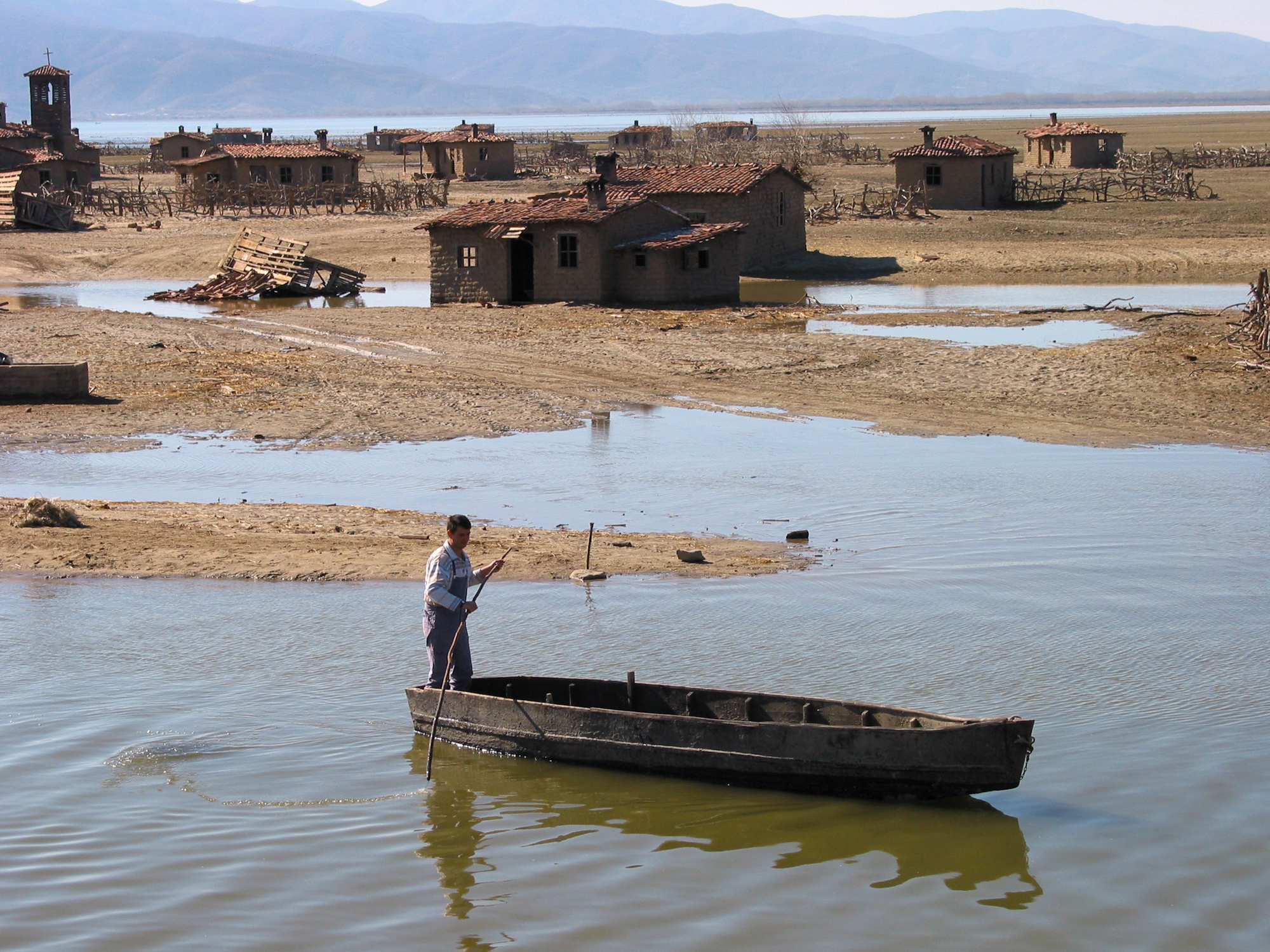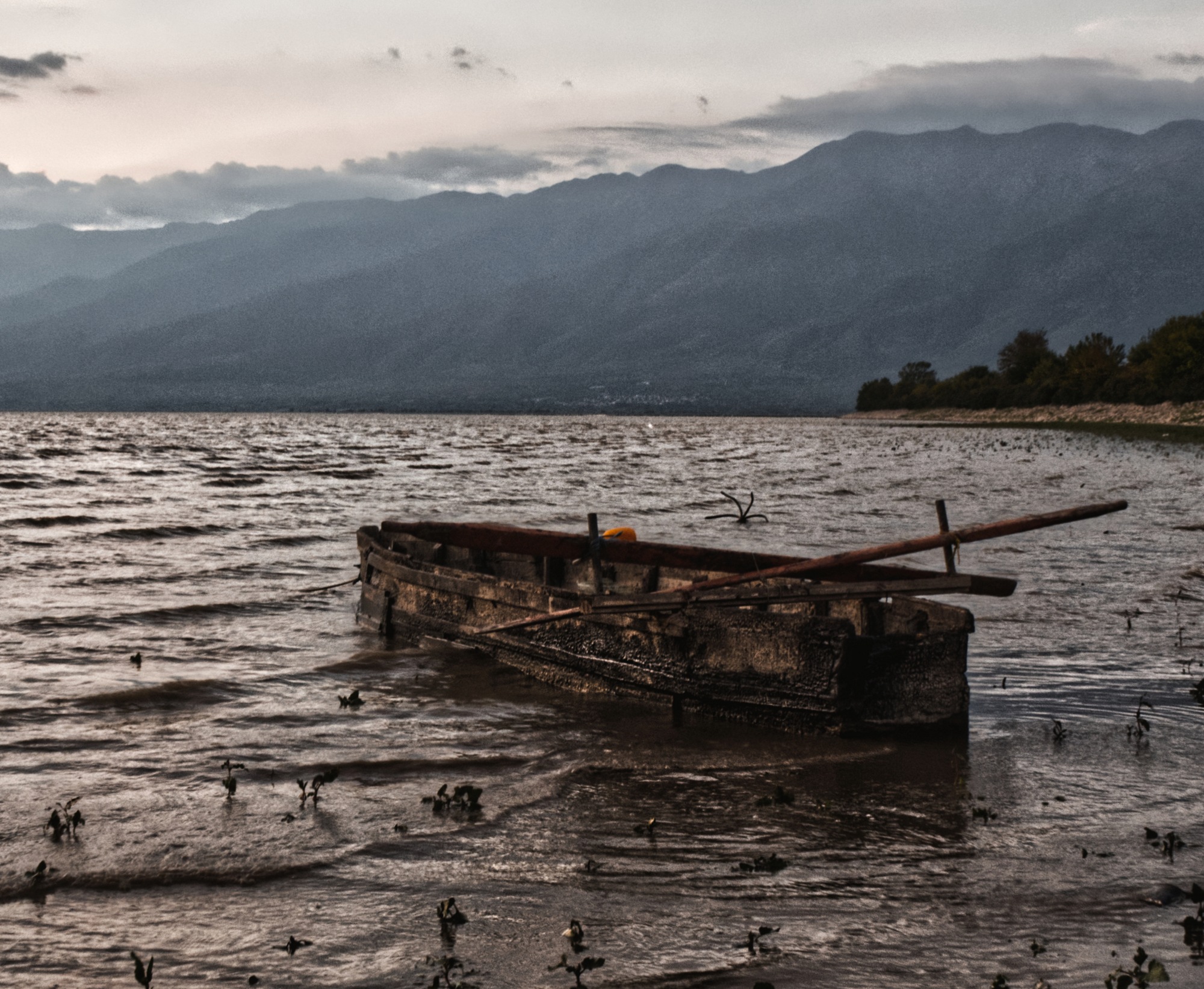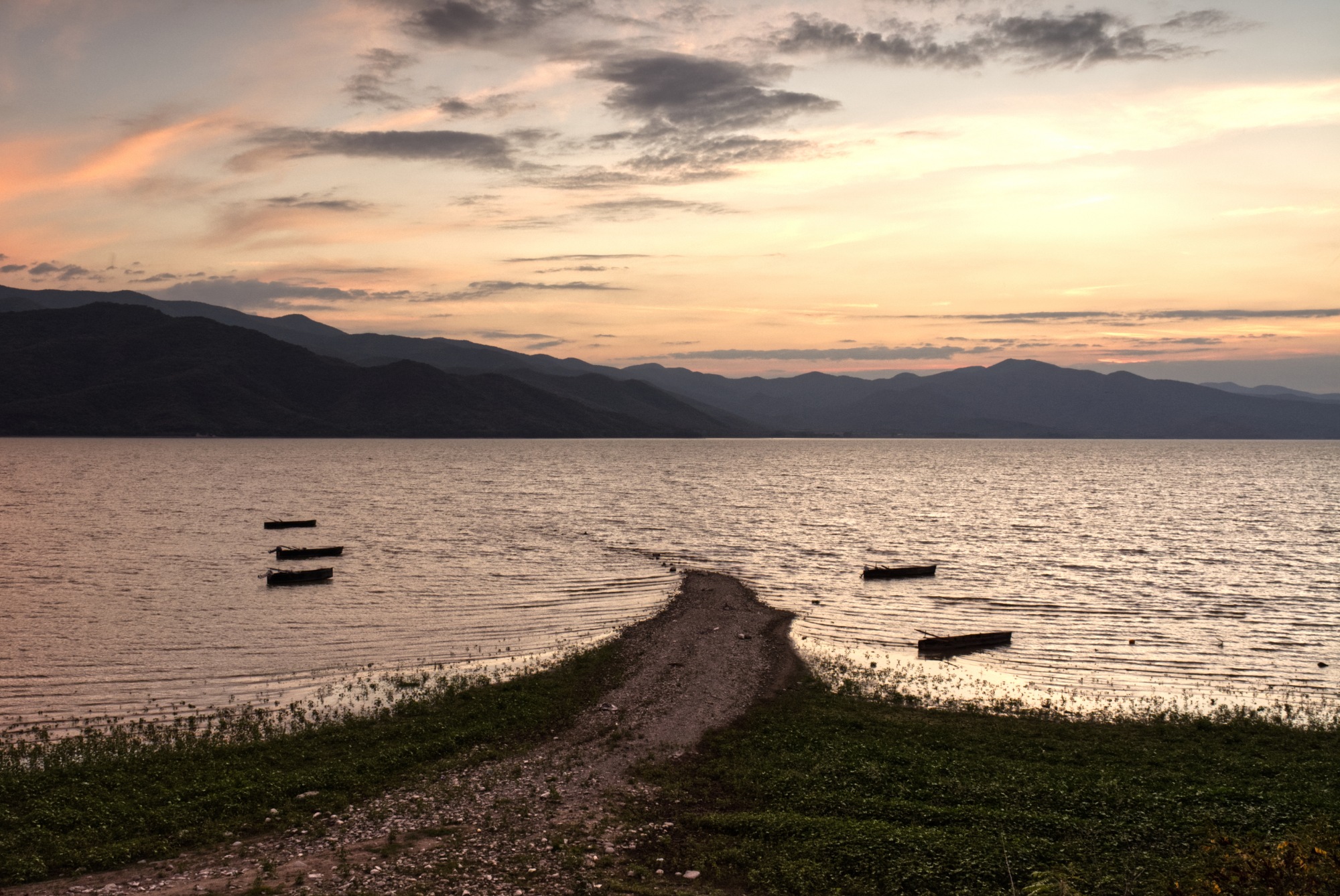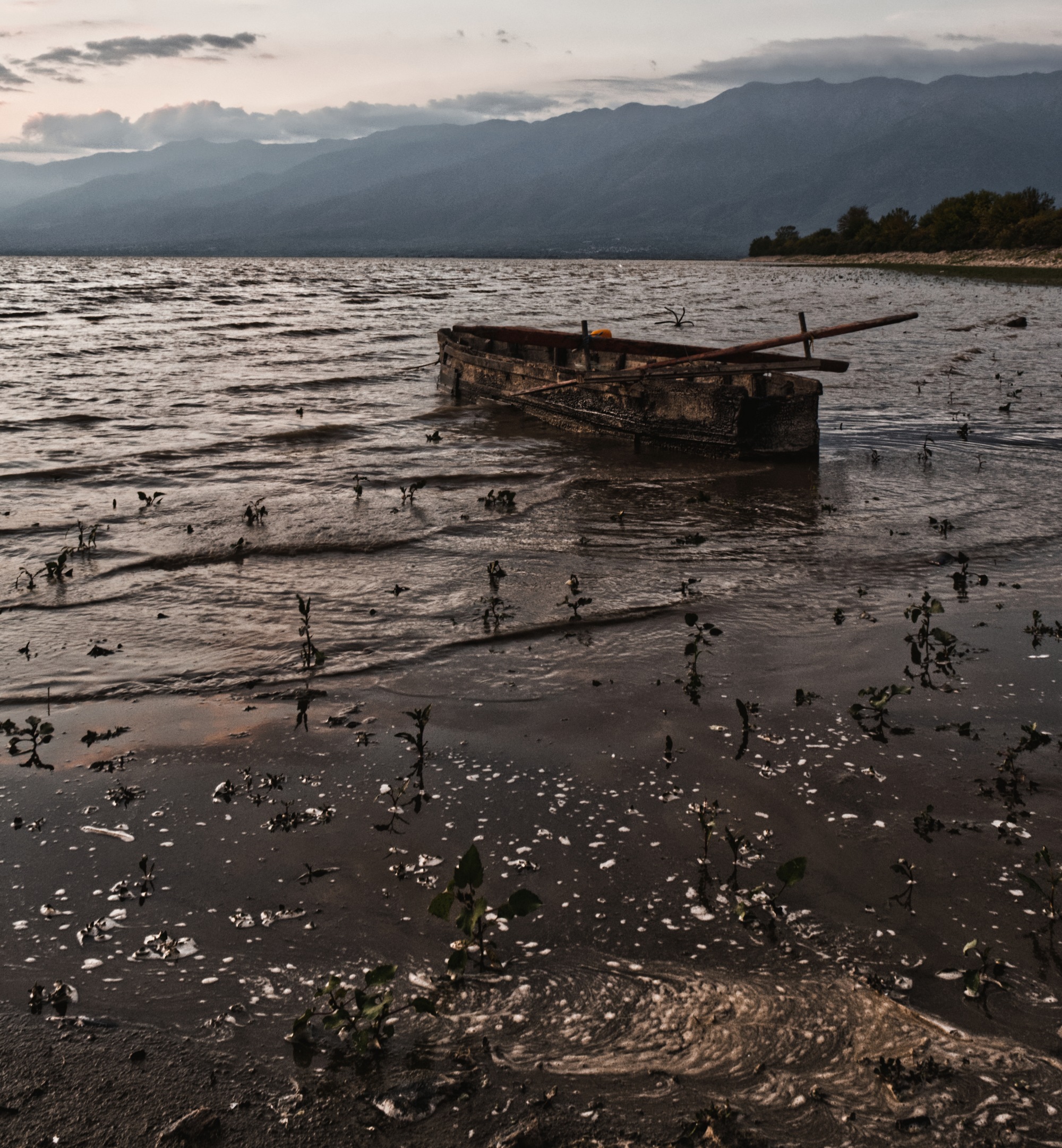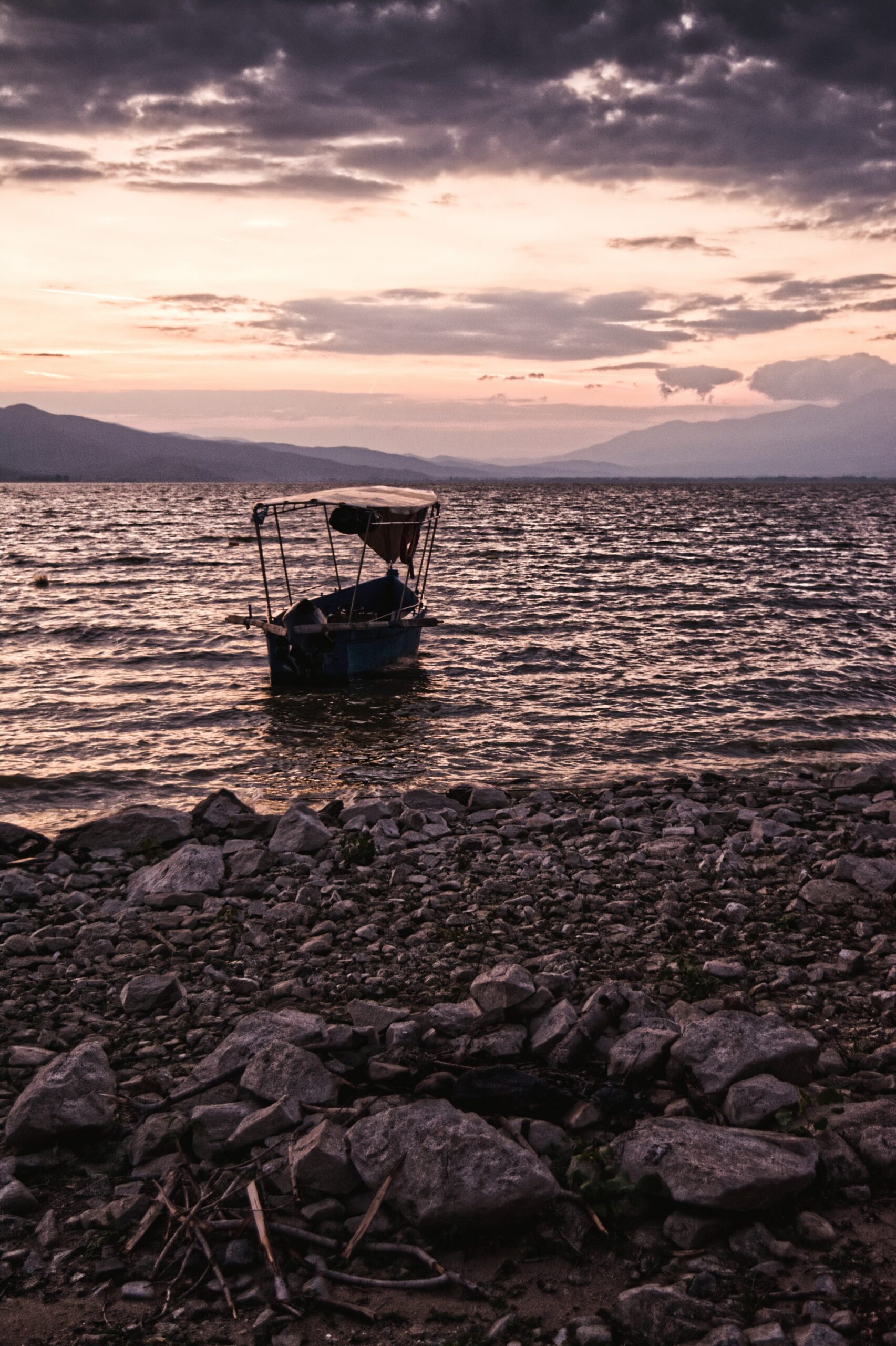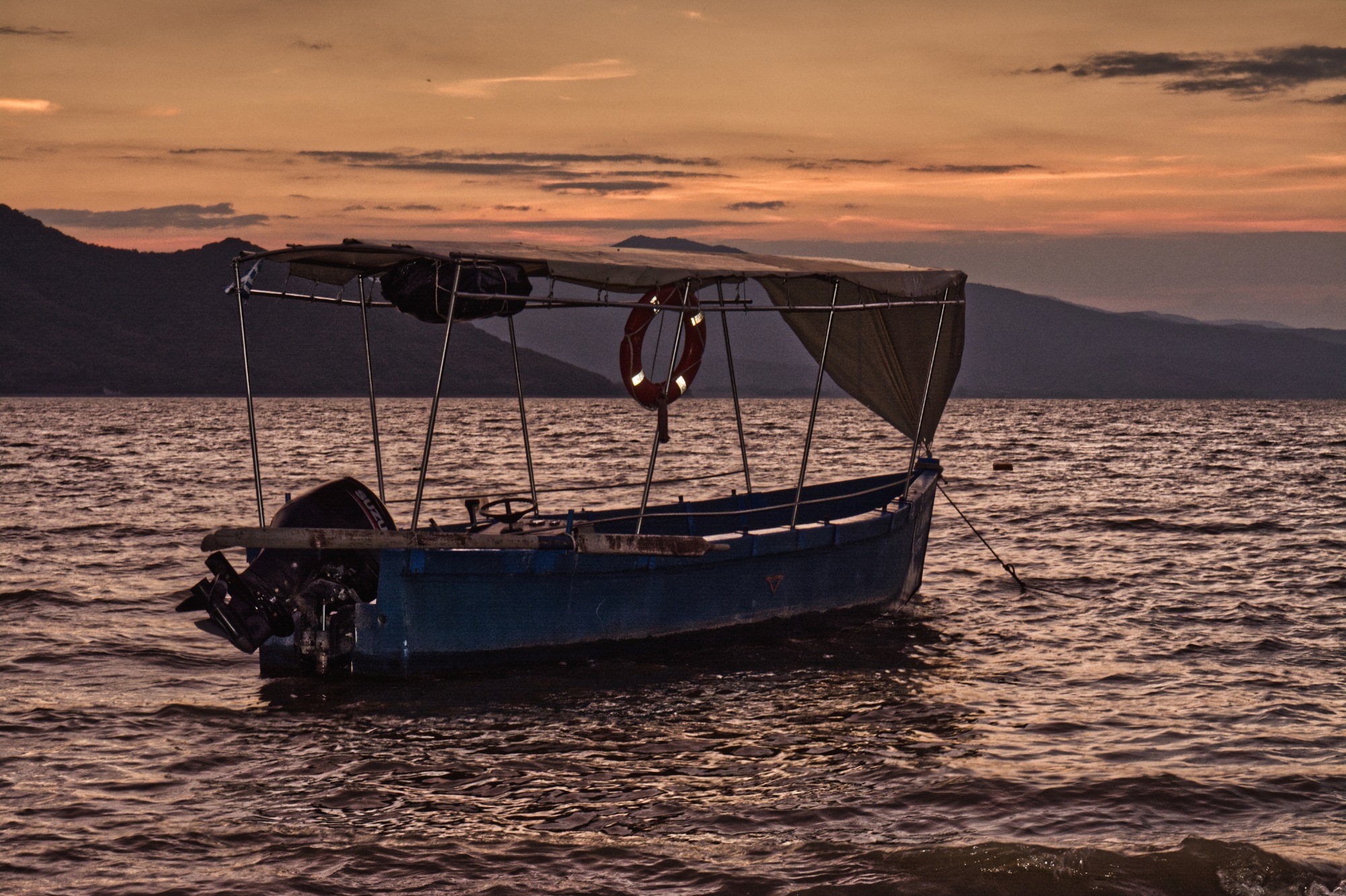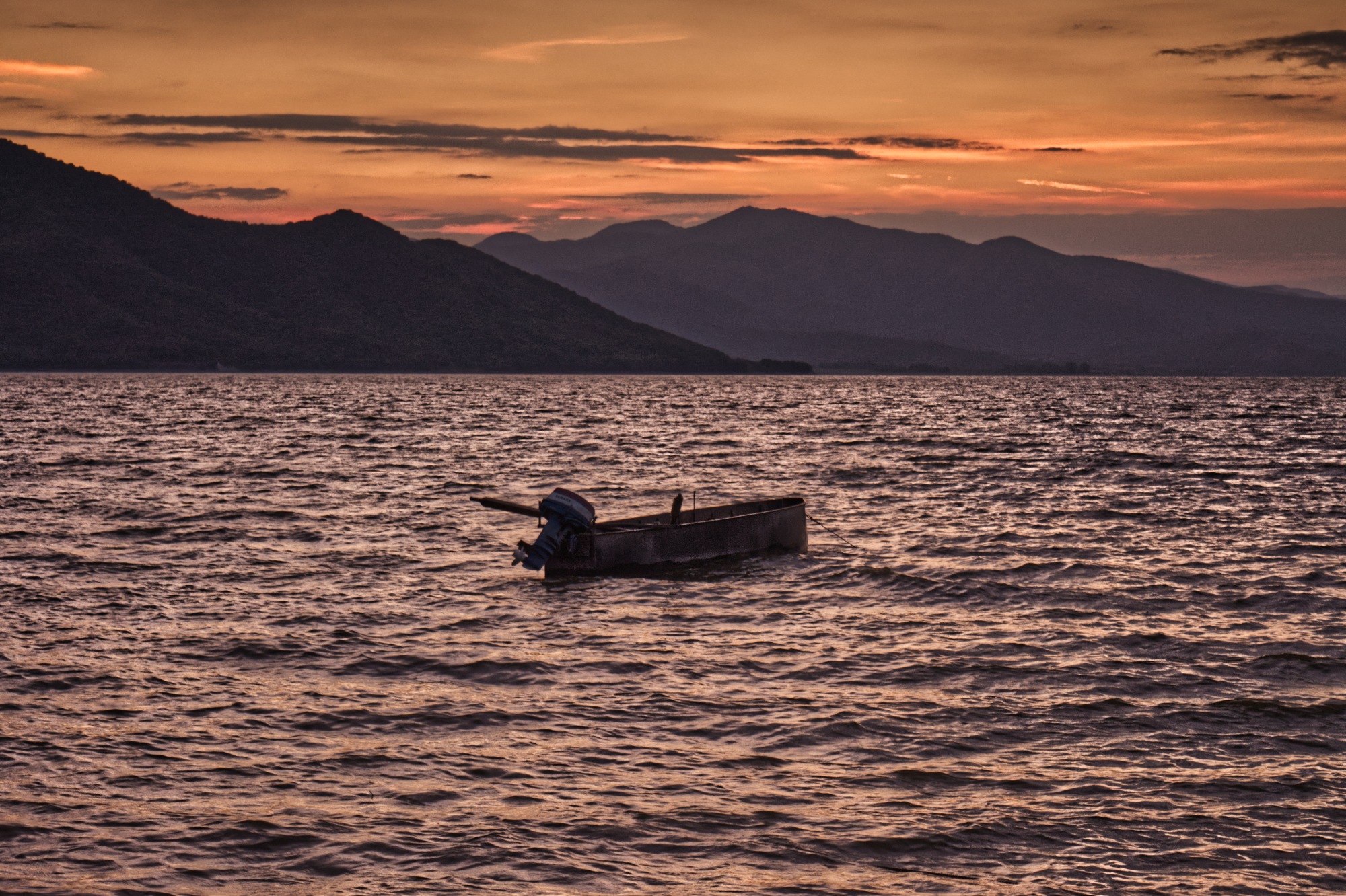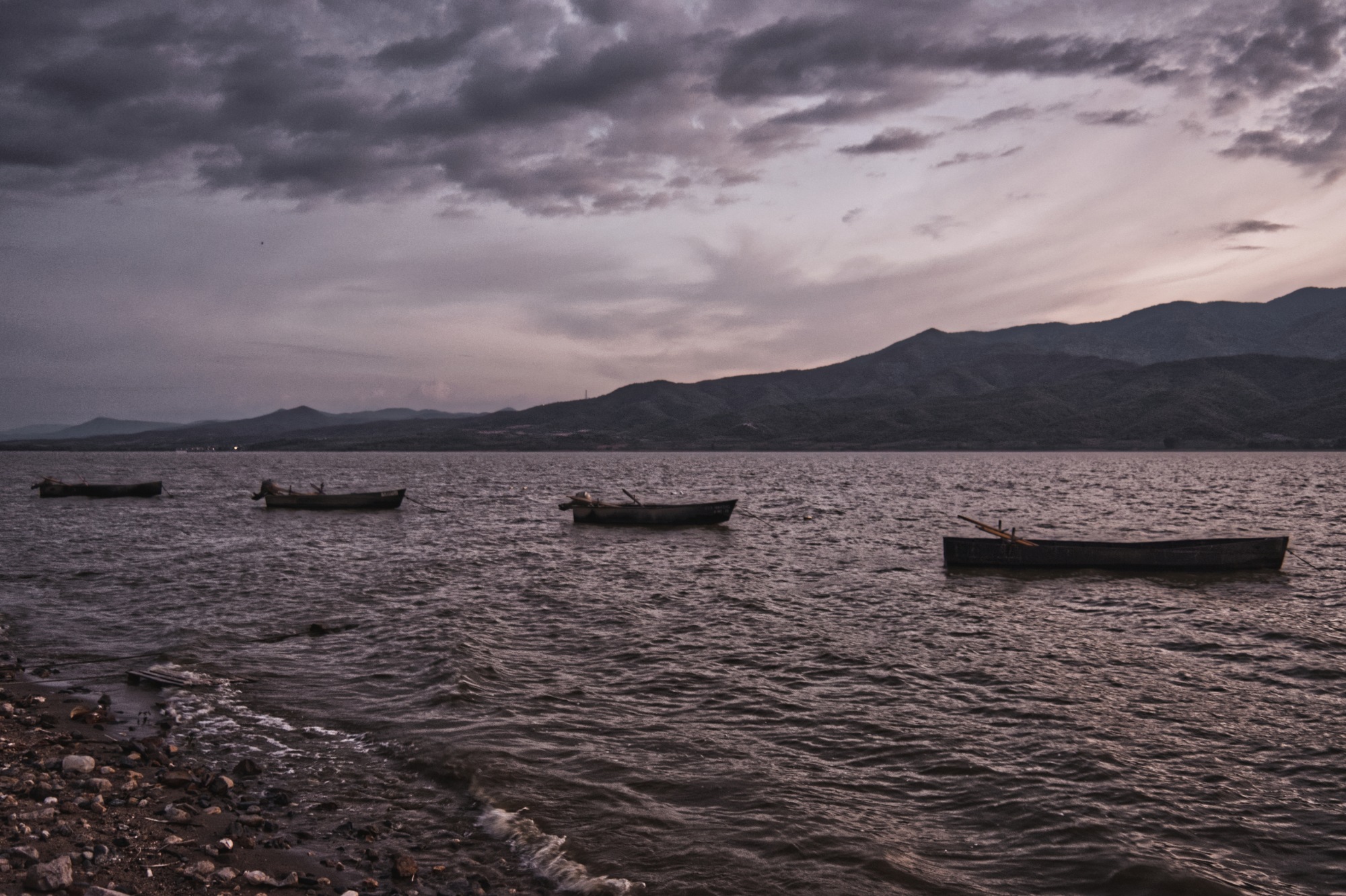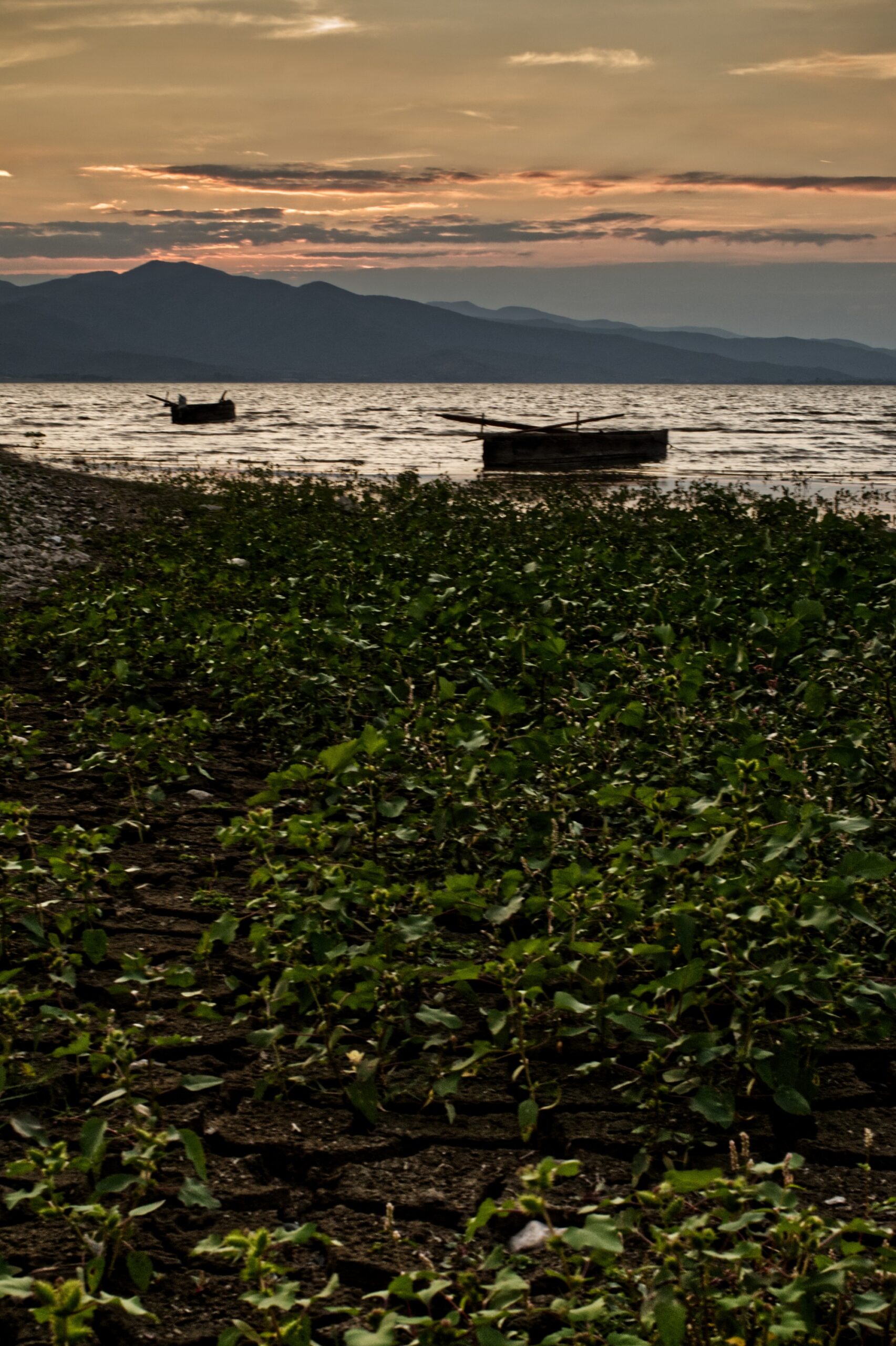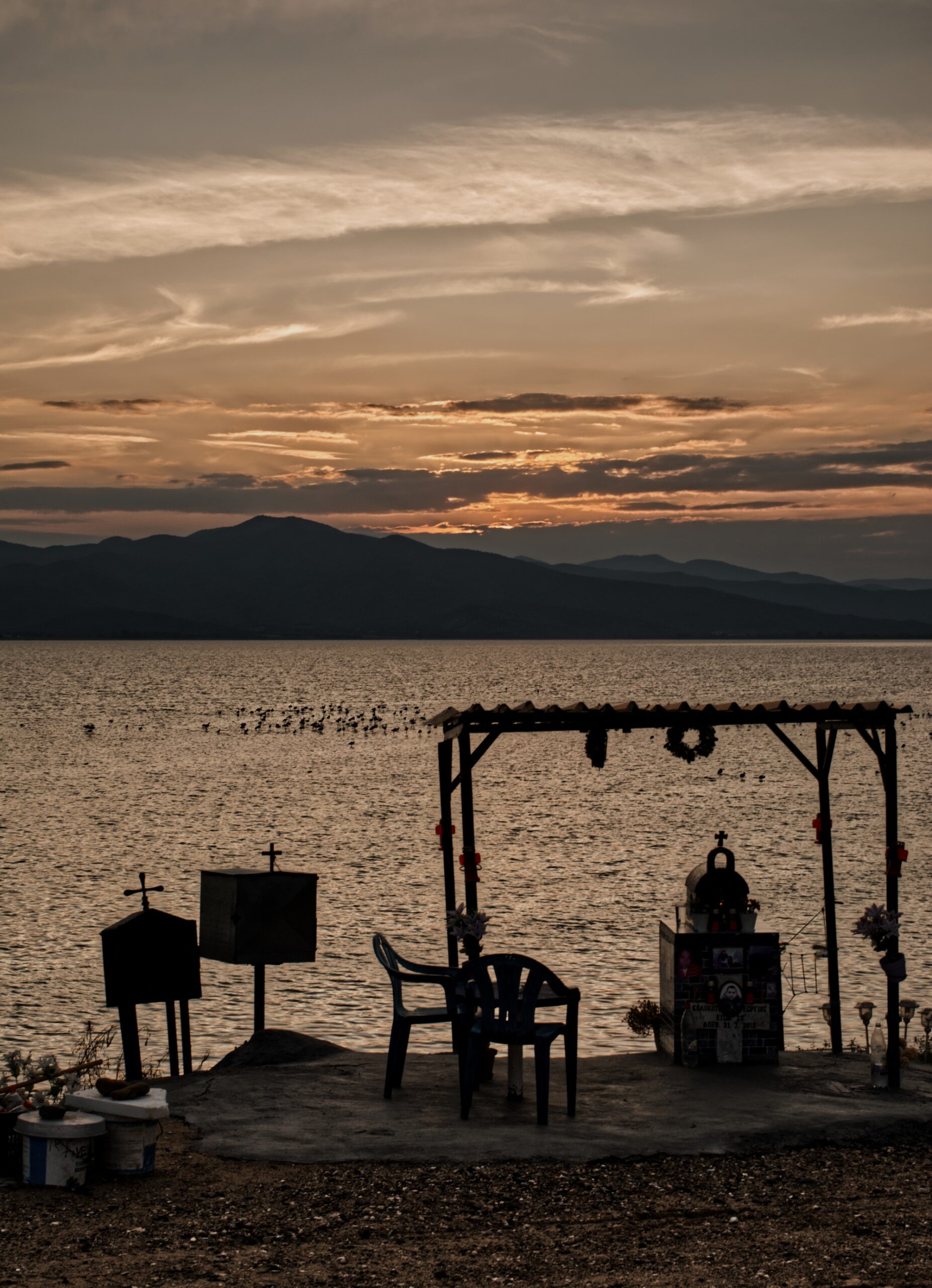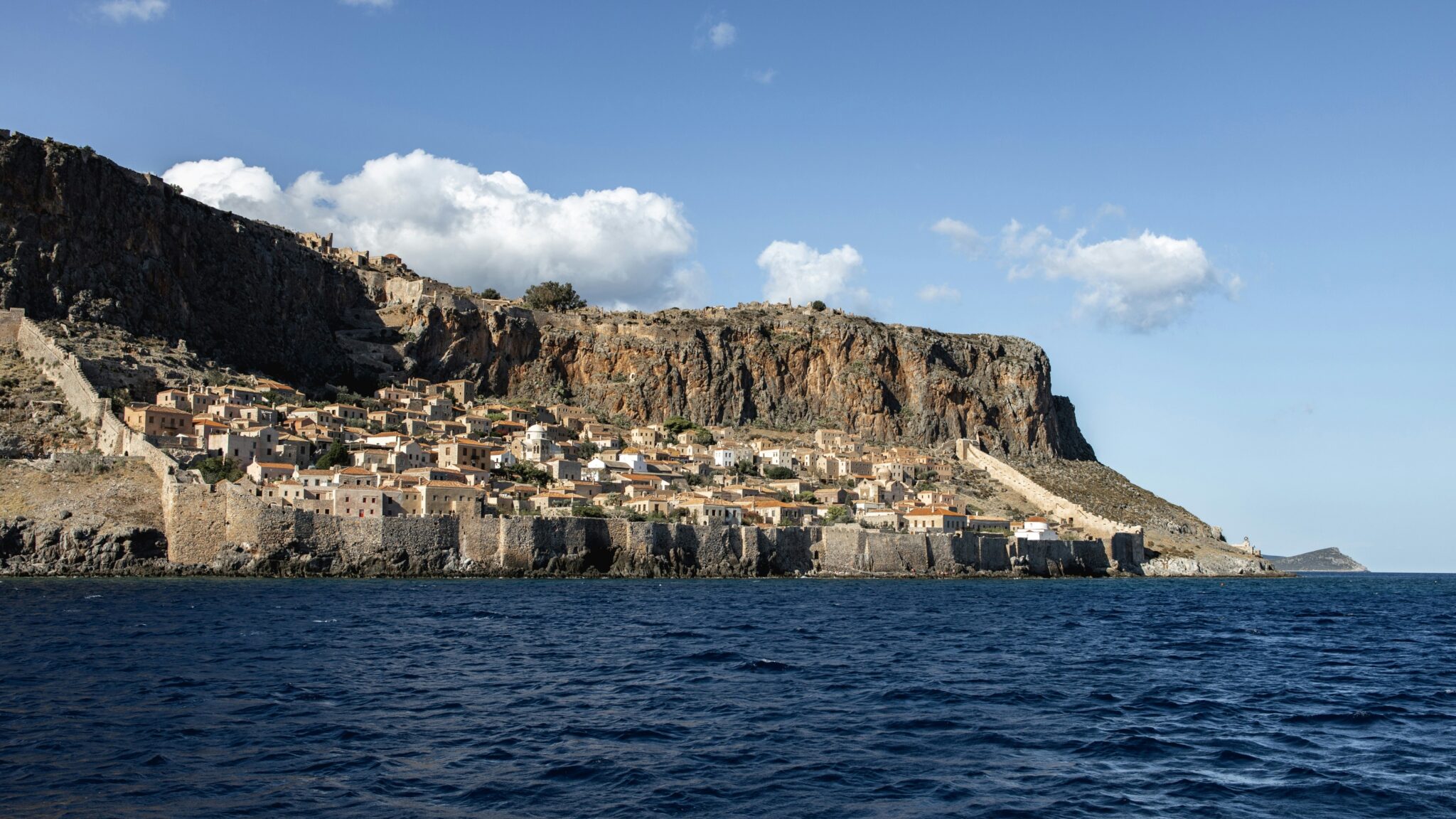As the first rains of the season begin to fall and waves appear on the lake’s surface caused by the crisp autumn winds, the wooden plaves (plural form of the word plava) sit patiently tied to the shore. These traditional boats are used by local fishermen to cast their nets in the lake, as well as by local businesses that propose alternative forms of tourism and organise tours of Lake Kerkini.
Either tied to land or floating gently, like a breeze, in the waters of Lake Kerkini, carrying fishermen or visitors, the wooden tarred plaves constitute one of the most significant features of this unique wetland and a permanent favourite subject of the photographer’s lens.
Although the fall foliage may lend a gentle sense of melancholy to the landscape, which is often shrouded in mist, nature’s unparalleled beauty is reflected in the lake’s waters, intense and captivating all year round.
Floating gently, like a breeze
According to the Dictionary of the Common Modern Greek Language (Triandafyllidis/1998) the word plava comes from the Bulgarian infinitive plavati (float, swim) and with the removal of the suffix the feminine name plava prevailed.
Usually their length and width reaches 6 m. and 1 m. respectively. Spindle-shaped, these boats feature a straight plank bottom and sides made of curved planks. In the old days, after they were caulked, they were then smeared with fluid pitch to make them more watertight. In more recent times, in order to ensure their waterproofness, they are smeared with tar. The types of timber used for their construction are cedar for the sides, oak for the keel and fir for the bottom and the planks. However, no matter how good the construction is, special attention needs to be paid to the so-called “tarring” that will ensure proper waterproofing. After allowing the vessel to dry the first time, this procedure is once again repeated.
The shape of the plava remains unchanged in time; from the time when there was an endless, irregular flooded -by the waters of Struma- area, with swamps and marshes, and even after the 1930s when the first dam was built in the village of Lithotopos, which led to the lake’s formation. An artificial reservoir, a man-made wetland that in the years that followed became one with nature.
There are minor differences between the traditional plava of Lake Kerkini and those of Lake Doiran, Lake Vegoritis or Lake Prespa. All of them are adapted to the natural environment, climatic conditions and the specific needs of local fishermen.
In the past, as an essential tool for anglers, the plava was built by anglers themselves with natural materials found in abundance in their area, insisting –despite the hard and poor conditions- on the quality of its construction, which required 10-12 days of work. The manufacturing technique was the “secret” of every fisherman, who would only pass it on to his children and heirs of his profession. Today, the construction of such vessels is a dwindling craft, while, at the same time, the plava is giving way to modern motor boats made of polyester and iron, which are much lighter than the traditional wooden ones.
In 2012, in order to preserve the declining art of their construction, the “Prespa Conservation Society” recorded step-by-step all the stages of the construction of the traditional plava, starting from the collection of wood to its “tarring” and sealing.
A man-made wonder
Although man-made, Lake Kerkini has become one with nature and has, moreover, evolved in one of the most important wetlands in Europe. It is one of the 11 Greek wetlands of international importance (RAMSAR Convention) and one of the 113 important bird areas in Greece. Ideal bird-watching spot all year round, the wetland of Kerkini is home to numerous bird species, some of which are globally threatened with extinction.
To date, 300 species of birds have been recorded. The Dalmatian pelican and the pygmy cormorant that live here are very rare species, threatened with extinction. There are also many rare raptors such as the Golden Eagle, the Imperial Eagle, the Peregrine Falcon etc. In 2010, Lake Kerkini was named a top European destination, winning the EDEN award under the “European Destinations of Excellence” programme.
Where to spot a plava when in Lake Kerkini
From “Trigono” in the village of Megalochori, follow the eastern embankment of the lake that leads to the village of Lithotopos (14 km). Along the way, as well as in the small ports of Lithotopos and Kerkini, you will have the opportunity to see more than one of these traditional vessels tied to the lake shores. You will also see the fishermen’s picturesque huts. There are a few local businesses that propose alternative forms of tourism and organise tours of the lake from the ports of Kerkini, Chrysohorafa and Lithotopos, providing visitors with a lot of information about the wetland. An extraordinary experience all year round.
Info: https://kerkinilike.gr/



